Watch: Glenn Gould’s TV debut
mainIn December 1954, Gould made his first appearance on television, playing the first movement of Beethoven’s first piano concerto.
With his own amazing cadenza.
He was 22 and he was not yet insisting on using his own chair.
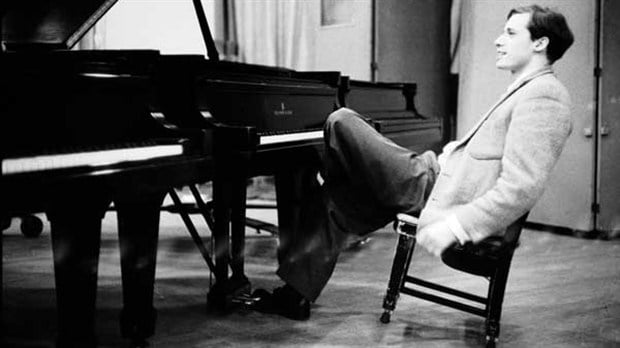


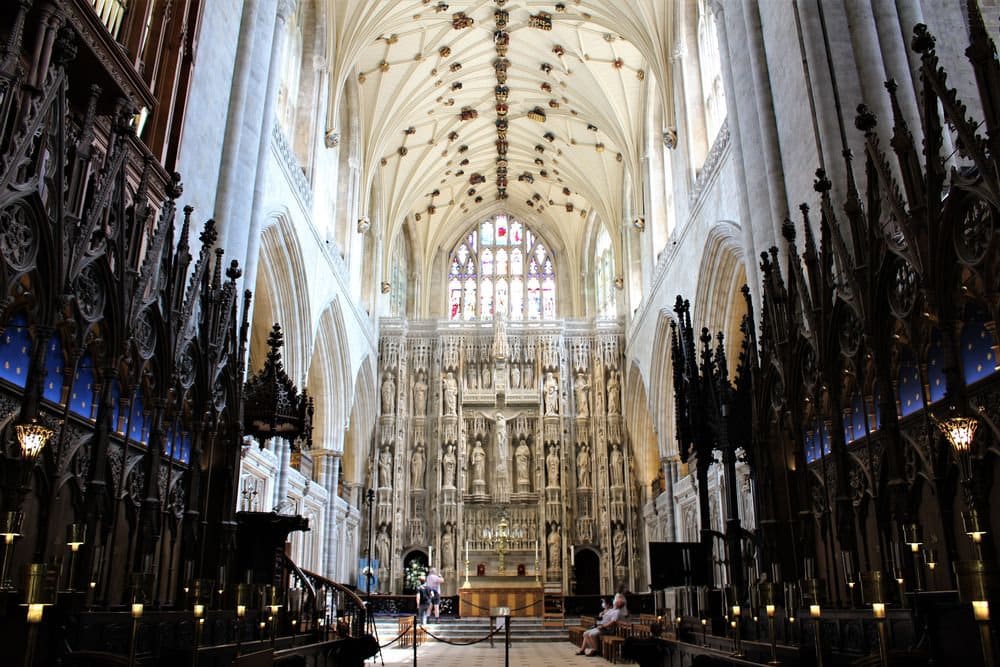
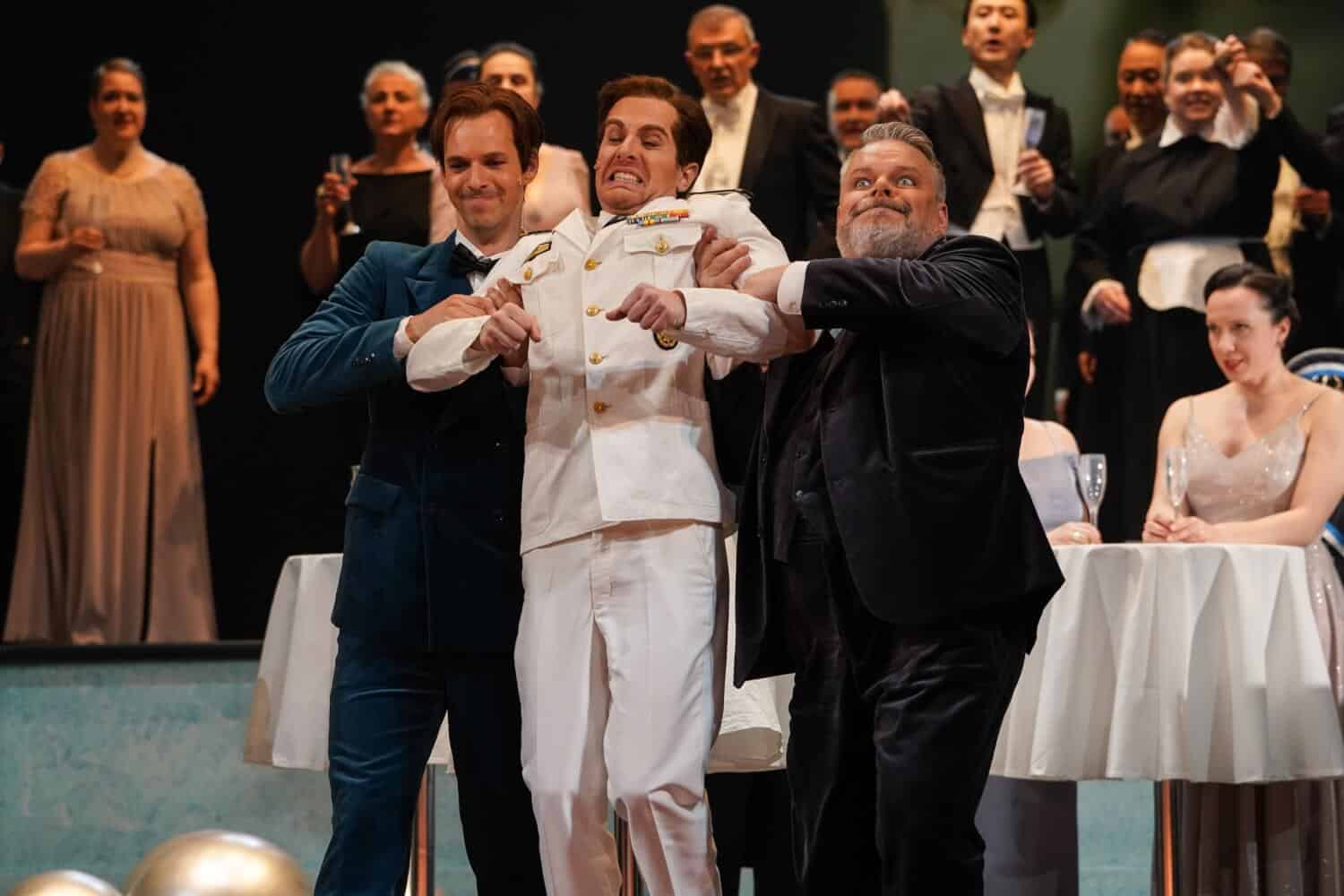
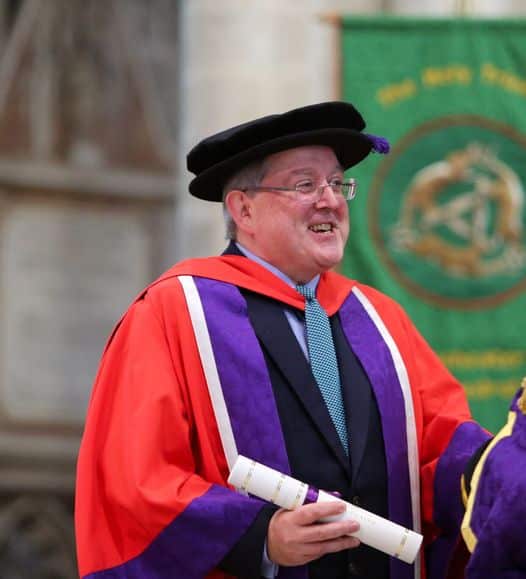
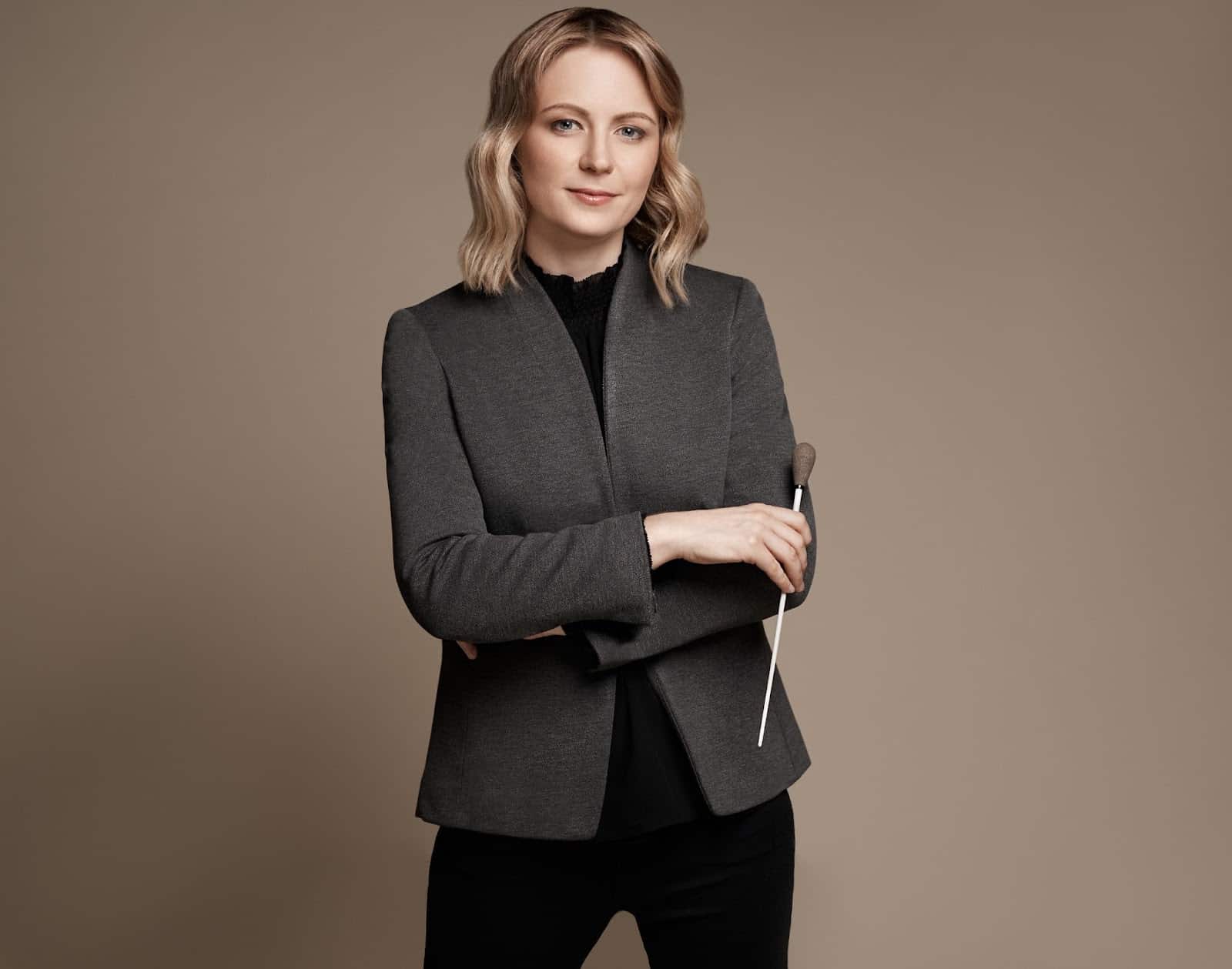
It’s a very good piece. That is much more important than the performers, even if they are GG.
Brilliant! No ridiculous chair… no loud humming…
Yet with an innovative cadenza (not otherwise recorded to the best of my knowledge). The genius that could have developed in a different direction, not weighed down by eccentricities.
Eccentricity isn’t absent here.
Gould plays brilliantly, and the accompanying conductor and orchestra are with him all the way.
It is a marvelous performance, and it certainly should be more than acceptable to any “HIP”sters in this age of brisk tempi.
“He was 22 and he was not yet insisting on using his own chair.” So?
Thanks.I’ll pass.
Fascinating cadenza indeed with hints of Brahms, Reger, et al.
According to Gould’s website, Paul Scherman was the conductor with the CBC Symphony Orchestra. I wonder what else was on the program as the trombonists, harpist, and percussionist sat patiently as Gould performed.
The site also says this was the earliest surviving TV footage; his TV debut was September 8, 1952 performing a movement of a Beethoven concerto.
The September 8 was only a brief appearance by Gould to mark the beginning of television in Canada. Gould was one of many different Canadian artists for that event. This Beethoven Concerto was his very first complete performance albeit first movement only where he was featured on a full TV programme. The Concerto was then played twice with the Montréal Symphony under its then permament conductor Désiré Defauw on December 14 and 15.
Sorry, conductor should have been shot within the first bars. Would have been funnier if GG had just walked over and taken him out. Very Monty Python avantgarde.
The cadence is a very good piece of music but does not fit at all in the movement of this concerto, too polyphonic, too long, suddenly it has become a solo recital thing, completely out of character. Cadences were meant to show-off the soloist’s instrumental prowess and musical understanding of the piece, and also they were meant to end on a triller, to give the orchestra the opportunity to mobilize their attention.
Here we see already the egotrippery of GG, going against the nature of the music at hand. Why did he not decide for a career as a composer? Then he could safely avoid the confrontation with other compositorial egos.
The pianism of the rest of the video is brilliant, of course.
Not agree, the cadenza is a rather dodecaphonic remake of the concert main theme, that in facts remains constantly perceivable along the piece. I find the mixing between new and classic form in the same theme very genial. I can agree may be too long.
Sorry, but dodecaphony has nothing to do with it. Docecacaphony is the invention of composing with only 12 tones in strictly organised fashion, a system devised by Schoenberg, to everybody’s chagrin, including Schoenberg’s. Motivic saturation of a texture is something developed by Beethoven, Brahms, Wagner, Debussy.
John Borstlap’s general comments on cadenzas are apt. The earliest I know is in Bach’s fifth Brandenburg concerto, long, with terraced dynamics,and for the keyboard alone. Furtwaengler plays it to Arrau’s admiration, also Rudolf Serkin and Edwin Fischer. Later cadenzasrequired an element of improvisation, as in nhe best examples of Mozart, Beethoven, Carl Reinecke, Hummel, Clara Schumann, Alkan, Saint-Saens, Busoni, Edwin Fischer, Wanda Landowska, Wilhelm Kempff, and Robert Levin.
Cadenzas became an integral part of the score, invariable and written by the omposer, from Beethoven’s fifth concerto onward. The earliest in Brandenburg Five also is written out and integral to the score.
The cadenza to end all cadenzas is Alkan’s for the first movement of Beethoven’s third concerto,heard on Marc-Andre Hamelin’s live Wigmore Hall recital for Hyperion CDs. This concerto is well-provided with other cadenzas by Reinecke,Kempff, Edwin Fischer, and Beethoven himself.
Cadenzas for violin concertos are best left to David Nelson and Ruggiero Ricci.
The best caadenzas are not those, in Glenn Gouldn’s description, that suspend all forward motion and hang the piano from a chandelier for five minutes, but rather those that carry the musical argument forward using orchestral material not previously heard from the piano, as in Edwin Fischer’s best cadenzas sometimes played by other pianists such as David Fray. Argerich plays Landowska’s cadenza for Haydn’s D-major keyboard concerto.
As for cadenzas: another function of the cadenza is to give the orchestral players some rest so that they can doze off for a while. The trill at the end has the function of an alarm clock: it wakes them up from their slumber. Therefore it was a shock, at the premiere of Beethoven’s 5th concerto, when in the 1st movement two horns suddenly break into the cadenza with one of the main themes, sending panic through the orchestra.
As I’m sure you know, GG did a little bit of composing, besides for cadenzas. I own sheet music of his bassoon sonata. I have no idea what the back story of it is, other than he wrote it when he was a teenager.
You may find Gould’s cadenza too long; Beethoven would certainly disagree with you. He wrote 3 different cadenzas to the first movement, the longest one taking more time than Gould’s. Beethoven wrote his cadenza to his Second Concerto op.19 some 20 years after the original composition and lasting longer than Gould’s. Beethoven was very disappointed in most if not all the pianists of the day who always played their own material for cadenzas. That is why he specifically mentioned “sine una cadenza” for his fifth concerto, the Emperor.
The length of any piece of music, or any passage therein, is not only defined by its clock time length but also by its character and its place in the context….. Short cadenzas may sound long and long cadenzas short, according to their substance. A very long cadenza for this concerto does not seem appropriate though, even if written by Beethoven. The idea of a solosist cadenza is typical of the 18th century when the generally-used musical style was quite conventional, but with Beethoven the music becomes so personal that it is a bit too much to ask from the performer to not only imitate a convention but a personal approach as well. Cadenzas are rather questionable in themselves, since they focus upon the player at the expense of the music.
Aside from the tedious, overblown cadenza this is marvelous piano playing (The cadenza is also played that well for what that’s worth).
This amazing cadenza recalls Bach for me.
Very clean articulation, flowing if a little relentless and on the fast side. I couldn’t take my eyes off Gould despite his bobbing and weaving, nose nearly on the keys
The cadenza, undoubtedly his own,is contrapuntal,without drama or final trill, quite unlike Beethoven’s own examples or anyone else’s. Cortot omits the first-movement cadenza altogether an inomprehensible disappointmentl Mr friend Bianca Rodinis-Pollak saw him play it in Italy but didn’t mention this.
Robert Levin, Kempff, and Edwin Fischer played their own cadenzas, Levin’s improvised. I first heard it by Walter Gieseking with Hans Rosbaud and Berlin State Opera Orchestra ,then Ania Dorfmann with Toscanini and NBCSO. Badura-Skoda, Zimerman Paul Lewis, Rubinstein, Michelangeli/Giulini all followed in time, among many others; these I remember A Cortot air-check from 1947is published with Desarzens and Lausanne Chamber Orchestra. Rachmaninoff introduced it into his last touring season in 1942-43. I think there’s a self-directed Bernstein I’d like to hear. Does anyone know it?
I’d like to hear that Bernstein too, Edgar.
Meanwhile, I really enjoy the recording by Jasminka Stancul (cond. Alexander Rahbari). The rhumba in the last movement makes me move my body!
https://www.youtube.com/watch?v=EgKjp98fPnw
Many thanks, Daniel Poulin,for posting Leonard Bernstein playing and conducting VPO in Beethoven’s first concerto. Aiyeee1
Also for your fascinating chronology o Gould’s performances of this concerto and hi cadenza for it. You are a gold-mine of information, and I know devoted to Gould’s memory and legacy.
A few notes about Gould playing Beethoven’s Piano Concerto no1. He first played it on December 3, 1947 in Hamilton (Ontario) and then in Toronto on January 23, 1951 both times with The Toronto Symphony Orchestra under Sir Ernest MacMillan. He did play one of Beethoven’s Cadenzas to the first movement for these performances. (A recording of one of these concerts is available on the CBC label.)The video seen here was recorded in Montréal with a pick-up orchestra (mostly members of The Montréal Symphony) under Paul Scherman. The recording was intended for Radio-Canada (The French side of the CBC). It was Gould’s first TV concert and he was not yet traveling with his own chair. It also marked the very first time he played his own cadenza to the first movement. Two days later (December 14) Gould was the guest soloist with the Montréal Symphony under Désiré Defauw in the same Concerto, a concert repeated the following day (December 15). The year was 1954, Gould was then 22. The first movement was the only one played for the TV concert. Also of interest: there were women in the string section, which was quite unusual since most major orchestras were male only in those years. Shortly after Gould’s death in 1982 the CJRT Orchestra (Toronto) played Beethoven’s Concerto no1 with a young pianist as soloist. The conductor was Paul Robinson; the pianist was Raymond Spasowski, a Toronto resident born in Macedonia who played Gould’s cadenza. He had learned it using Gould’s own personal score that I had borrowed from Glenn a few months earlier.
10
Tenpoints to Greg Bottini for spotting the rhumba in the finale of beethoven’s first concerto. Even Gieseking sounded a little tipsy at that point. Cortot also manages to sound soberly hilarious.
Jasminka Stancul is a new name; Rahbari I know from I think Naxos CDs. I’ll watch outfor them. It’s a wonderful concerto, with beautiful clarinet-piano interplay near the end of the slow movement. How I wish William Kapell had recorded it also, as well as the second, of which there is also a shellac Elly Ney with Fritz Zaun and the Berlin State Opera orchestra.
Daniel Poulin, an afterthought Did Gould speak fluent French?
Unfortunately no. He could read French and understand some but he was not fluent in any language. Although he thought his German was above par.